Belgium is a country in the centre of northern Europe.
Belgium borders on to the North Sea.
The land is flat along the coast, with hills in the centre of the country. There are low mountains in the south east among the trees of the Ardennes Forest.
Belgium has two different communities, the Flemish speaking people of Flanders and the French speaking people of Wallonia.
The geographical coordinates for the centre of Belgium, also known as lines of latitude and longitude, are:-
Latitude - 50 50N
Longitude - 4 00E.
The capital of Belgium is Brussels.
Belgium is a constitutional parliamentary democracy with a monarch as head of state and a prime minister as head of the government. The present King (2017)
is Philippe who came to the throne in 2013 after his father, Albert II, abdicated. He is 56 years old. His daughter, Elisabeth, aged 15, is the heir to the throne.
In elections everyone over the age of 18 must vote.
The currency in Belgium is the euro. Belgium was a founder member of what is now the European Union.
Dutch and French are the main offical languages. German is also an official language but only spoken by about 1% of the people.
Check the weather in Brussels now.
This is the time in Brussels now








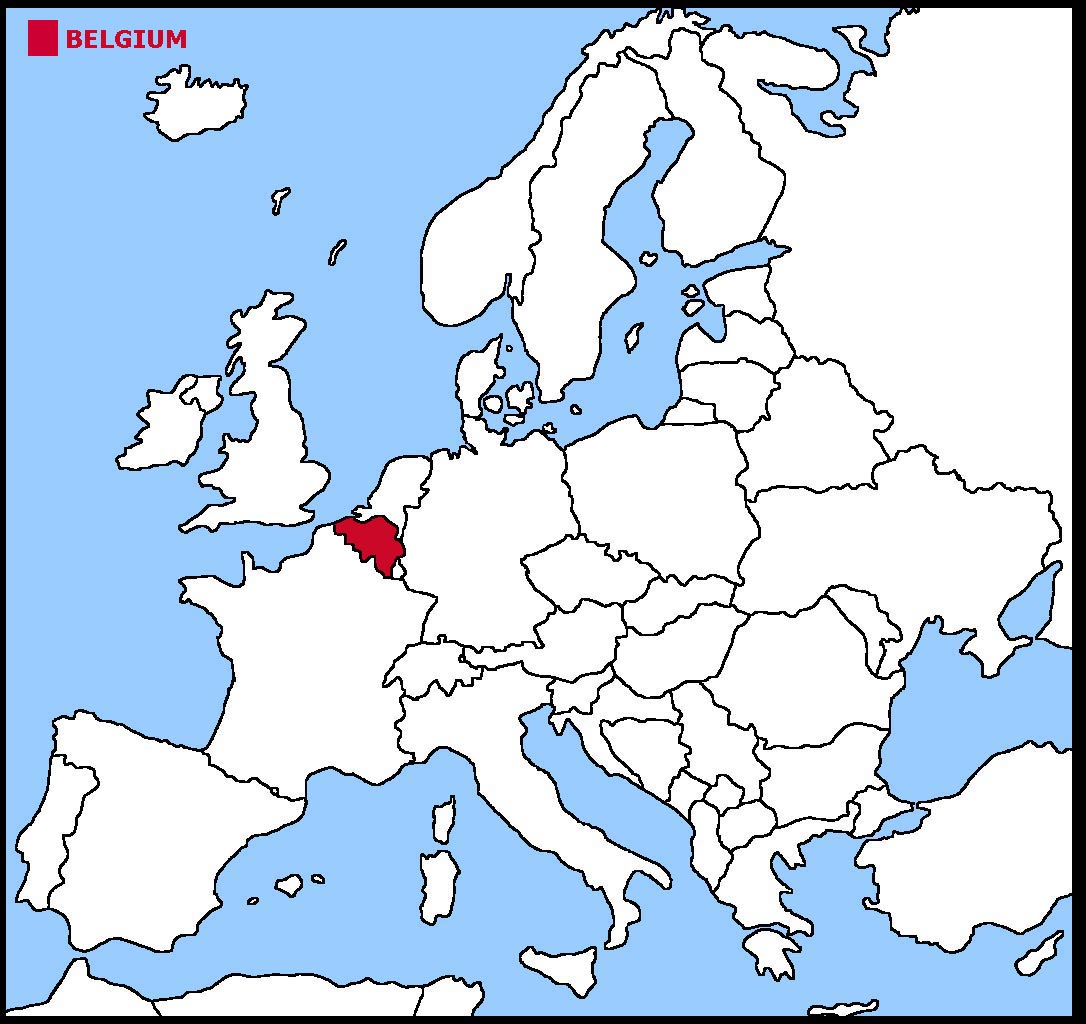

 The Belgian flag is 3 equal vertical stripes of black, yellow and red. The colours are those of the coat of arms of the Brabant region which has a yellow lion
with red claws and tongue on a black field.
The Belgian flag is 3 equal vertical stripes of black, yellow and red. The colours are those of the coat of arms of the Brabant region which has a yellow lion
with red claws and tongue on a black field.


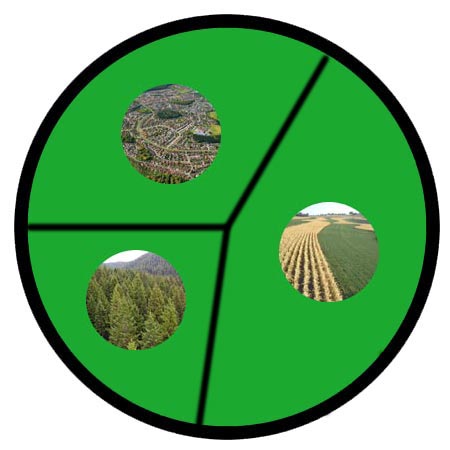

 Each little Owlbut is 1 person and
the big yellow rectangle is 1 sq km. After a while you can compare countries and see which ones are the most crowded. Remember it is only an average as
more people live closer together in towns and cities than in villages out in the country.
Each little Owlbut is 1 person and
the big yellow rectangle is 1 sq km. After a while you can compare countries and see which ones are the most crowded. Remember it is only an average as
more people live closer together in towns and cities than in villages out in the country.
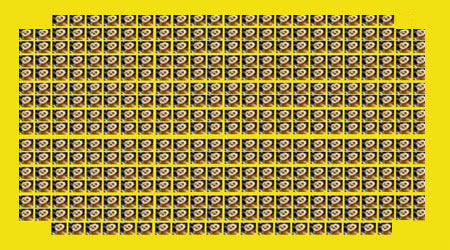

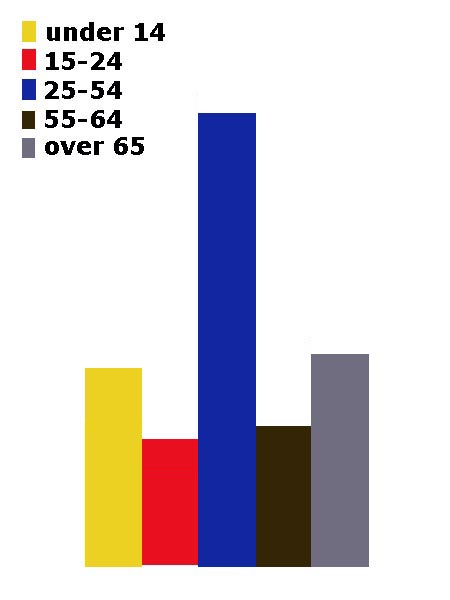
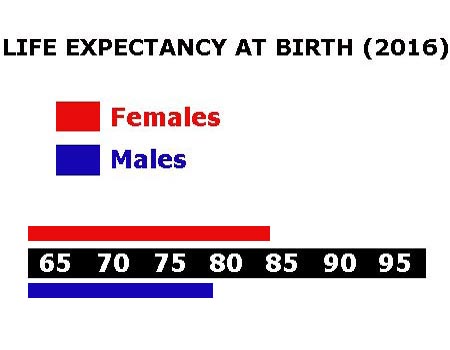

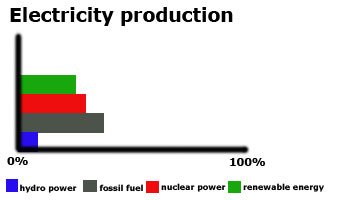

 They work in the following sectors.
They work in the following sectors.



